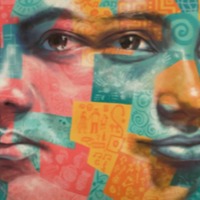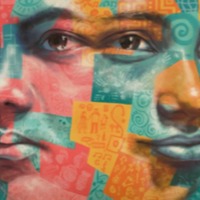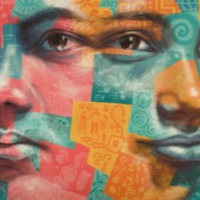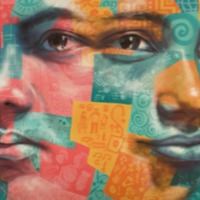
Samantha
Foreign workers constitute more than 20 percent of the Malaysian workforce and typically migrate voluntarily—often illegally—to Malaysia from Bangladesh, India, Nepal, Burma, Indonesia, the Philippines, and other Southeast Asian countries, mostly in pursuit of better economic opportunities. Some of these migrants are subjected to forced labor or debt bondage by their employers, employment agents, or informal labor recruiters when they are unable to pay the fees for recruitment and associated travel. Samantha was recruited from the Philippines for entertainment work in Malaysia but had her passport confiscated and was not paid for her work. She was able to escape during a police raid. Her account describes police corruption and a lack of help forthcoming from the Embassy of the Philippines.

Katya (Narrative 2)
“Katya” submitted this narrative as part of her application for a T-visa, which the US government has created to aid victims of trafficking. Some parts of the narrative have been redacted by her attorney and her name has been changed. In 2016, the Walk Free Foundation, Gallup, and Polaris undertook survey research to better understand the general awareness of the National Human Trafficking Resource Center (NHTRC)’s hotline number among the American public, through the Gallup U.S. nightly public opinion survey. Ultimately, the results suggest that a relatively small proportion of the American public are informed about it, with only 6.7% indicating they know the NHTRC specifically and 12% aware that there is a hotline focused on human trafficking. This indicates that the 5,544 cases reported in 2015 is likely a small proportion of the actual prevalence of human trafficking in the United States. Another narrative by Katya is available in the archive.

Julie
There are an estimated 784,000 people living in modern slavery in the Philippines (GSI 2018). Men, women and children are subjected forced labour and sex trafficking both within the country and in destination countries. Women and children are subjected to sexual exploitation in brothels, bars, and massage parlours, online, as well as in the production of pornography. The Philippines is an international hub for prostitution and commercial sex tourism – a highly profitable businesses for organised criminal syndicates. The demand for sex with children among both local and foreign men has continued to fuel child sex tourism. Rising internet usage rates, the availability of mobile phones and poverty has fostered online child sexual exploitation. Immediately after graduating from high school, Julie was enslaved in Manilla where she danced and entertained customers. She escaped and returned home, but reflects on her friend Carmen who wanted to go to Japan, as they had originally been promised, where she was enslaved in prostitution.

Given (Narrative 2)
Given was brought to the United States from Zambia at 11 to work as part of a boys’ choir. He was promised an education and pay for his work, but instead was exploited and enslaved. Rescued by the U.S Citizenship and Naturalization Services (INS) in 2000, Given speaks out about his experience in an effort to help other victims to bring an end human trafficking. He has testified at a Texas legislative committee, which passed a state Anti-Trafficking Bill that provides justice for trafficking victims and prosecutes alleged traffickers. His story has been used as part of the Federal Human Trafficking Awareness Campaign and also helped create “Slavery Still Exists,” a national guide that has been distributed in numerous communities. Another narrative by Given can be found in the archive.

Given (Narrative 1)
Given was brought to the United States from Zambia at 11 to work as part of a boys’ choir. He was promised an education and pay for his work, but instead was exploited and enslaved. Rescued by the U.S Citizenship and Naturalization Services (INS) in 2000, Given speaks out about his experience in an effort to help other victims to bring an end human trafficking. He has testified at a Texas legislative committee, which passed a state Anti-Trafficking Bill that provides justice for trafficking victims and prosecutes alleged traffickers. His story has been used as part of the Federal Human Trafficking Awareness Campaign and also helped create “Slavery Still Exists,” a national guide that has been distributed in numerous communities. Another narrative by Given can be found within the archive.

Ganggang
Ganggang was enslaved in the Philippines at the age of 18 and then trafficked to Japan, where she was imprisoned and expected to entertain and have sex with bar customers. In the Philippines, women and children are subjected to sexual exploitation in brothels, bars, and massage parlours, online, as well as in the production of pornography. The Philippines is an international hub for prostitution and commercial sex tourism – a highly profitable businesses for organised criminal syndicates. The demand for sex with children among both local and foreign men has continued to fuel child sex tourism.